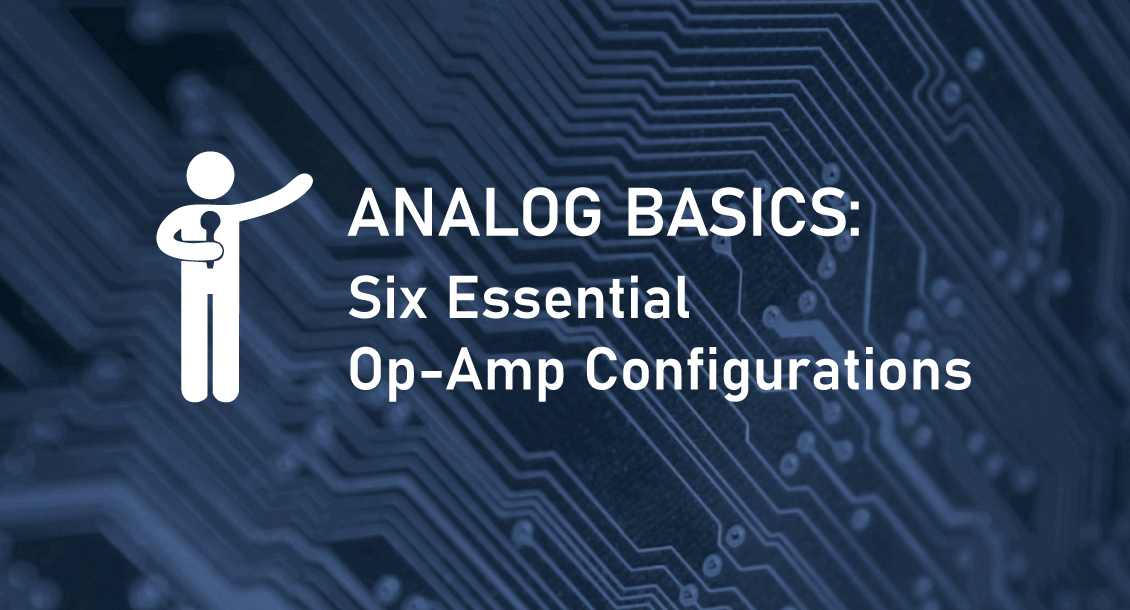Six Essential Op-Amp Configurations Every Engineer Should Know
This quick guide outlines their functions and equations. A must-know reference for every design engineer!
From voltage followers to differential amplifiers, these six op-amp configurations are essential building blocks of amplifier design. Whether you're a seasoned engineer or just starting out, understanding common op-amp configurations is critical for designing reliable and efficient circuits. In this article, we’ll explore six essential op-amp configurations that every engineer should know, along with their functions and practical applications.
1. Voltage Comparator
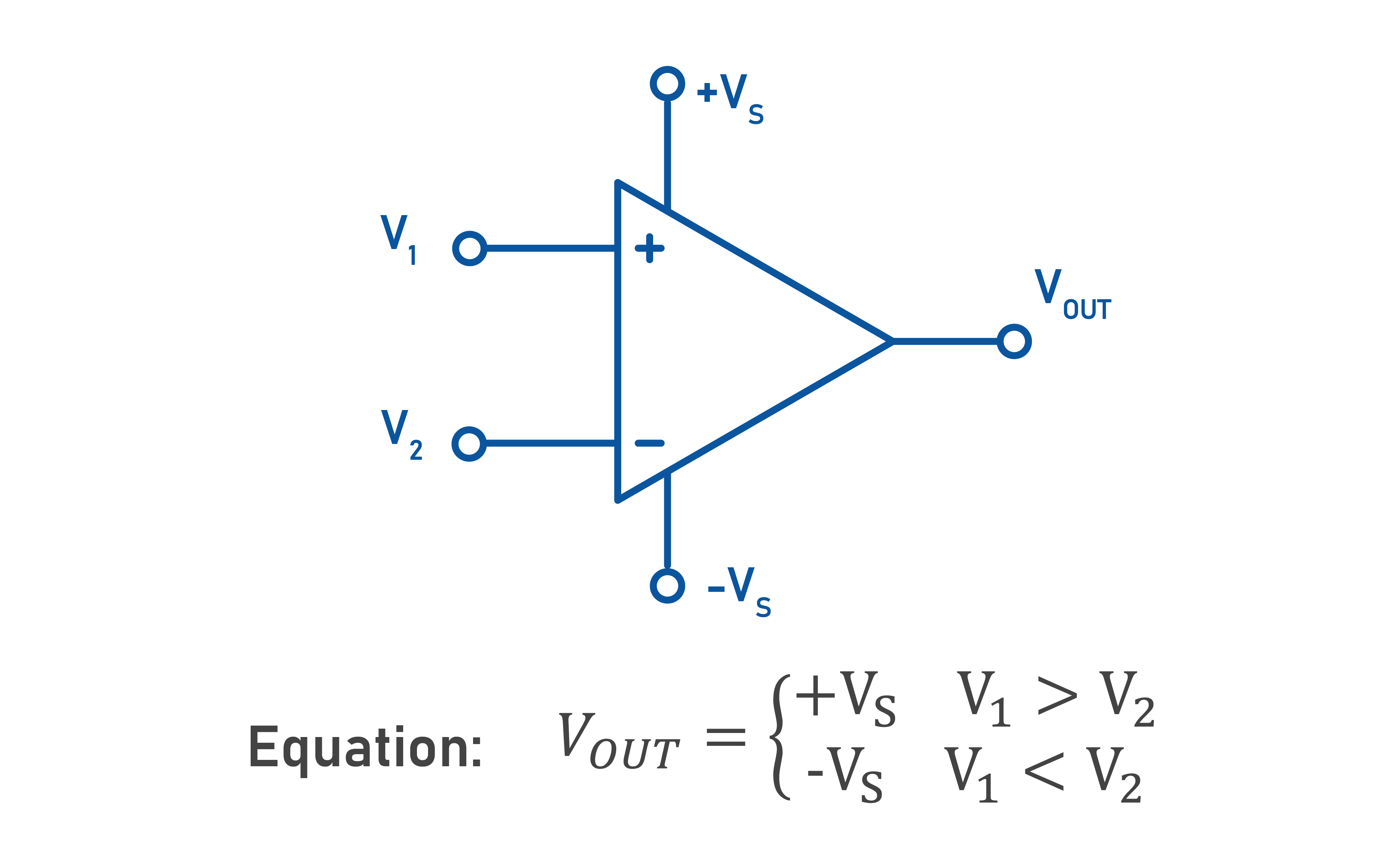
The voltage comparator is one of the simplest yet most versatile op-amp configurations. It compares two input voltages and switches the output high or low depending on which input is greater.
-
Tip: Add hysteresis to prevent output chatter when the input voltages are very close.
-
Common Mistake: Forgetting that the output can saturate near the supply rails.
-
Applications: Threshold detection, zero-crossing detectors.
2. Non-Inverting Amplifier
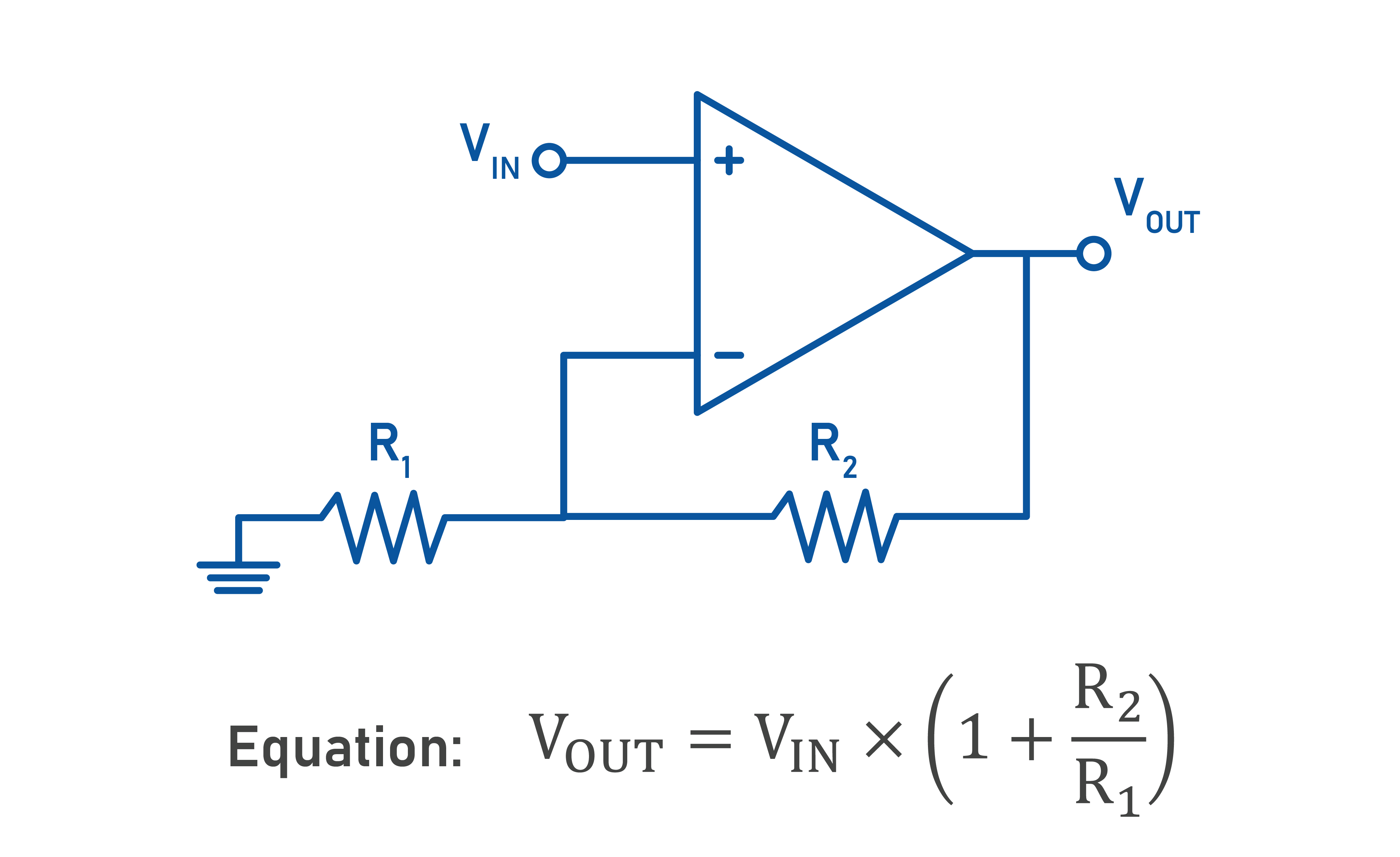
The non-inverting amplifier allows you to amplify an input signal without changing its polarity. This configuration offers high input impedance and moderate gain, making it ideal for buffering weak signals while maintaining signal integrity. Applications include audio preamplifiers, sensor signal conditioning, and general-purpose voltage amplification.
-
Tip: Keep resistor values moderate to balance gain and noise performance.
-
Common Mistake: Using extremely high resistor values, which can increase noise and offset errors.
-
Applications: Sensor signal conditioning, general-purpose voltage amplification.
3. Inverting Amplifier
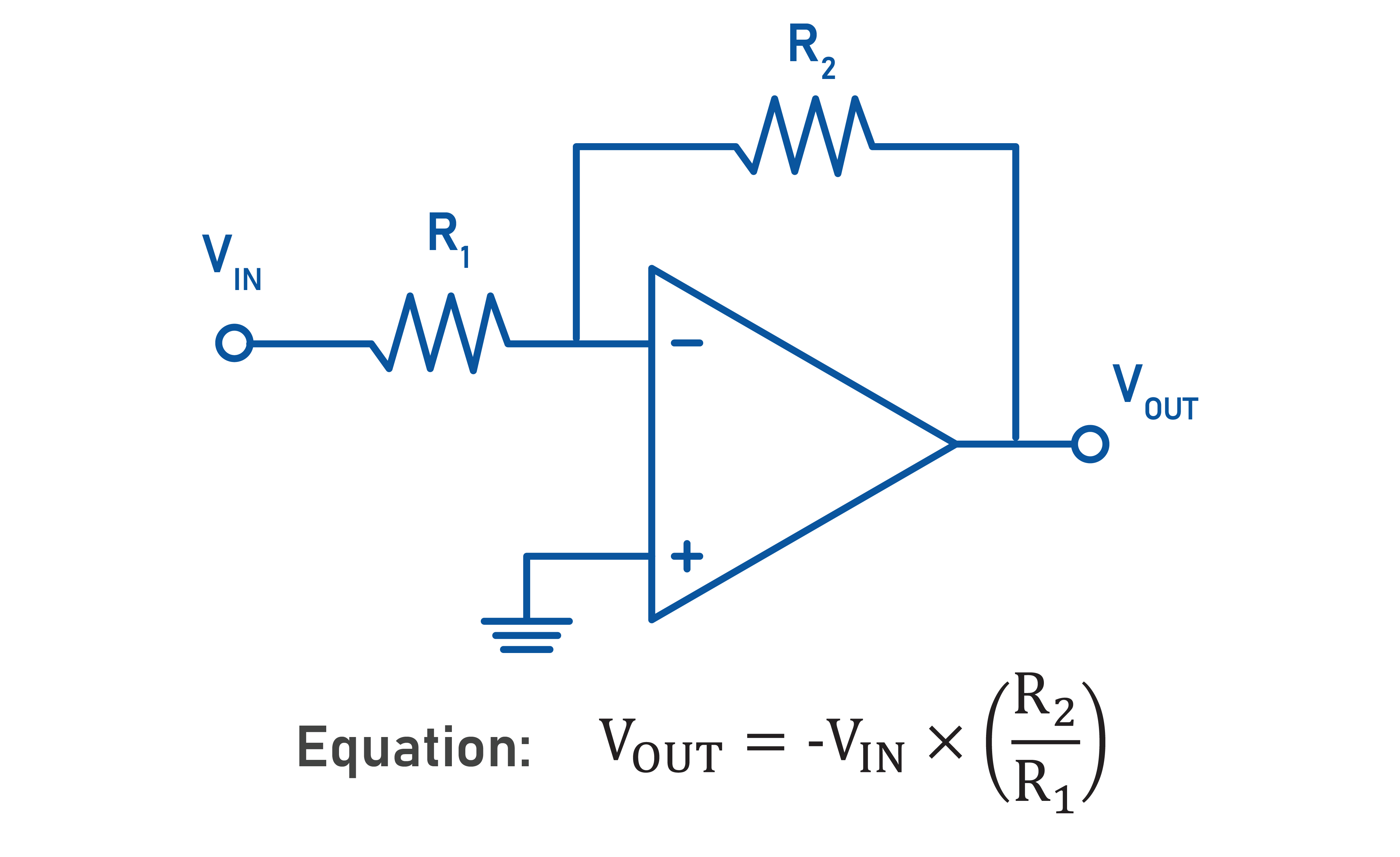
Inverting amplifiers produce an output that is the inverse of the input signal, with the gain determined by the ratio of two resistors. This configuration is commonly used in analog signal processing where phase inversion is required, as well as in summing circuits and active filters.
-
Tip: Ensure resistors are precise to achieve the desired gain accurately.
-
Common Mistake: Swapping the input and feedback resistor values, which will change the gain unintentionally.
-
Applications: Phase inversion, signal processing, active filters.
4. Voltage Follower (Unity Gain Buffer)
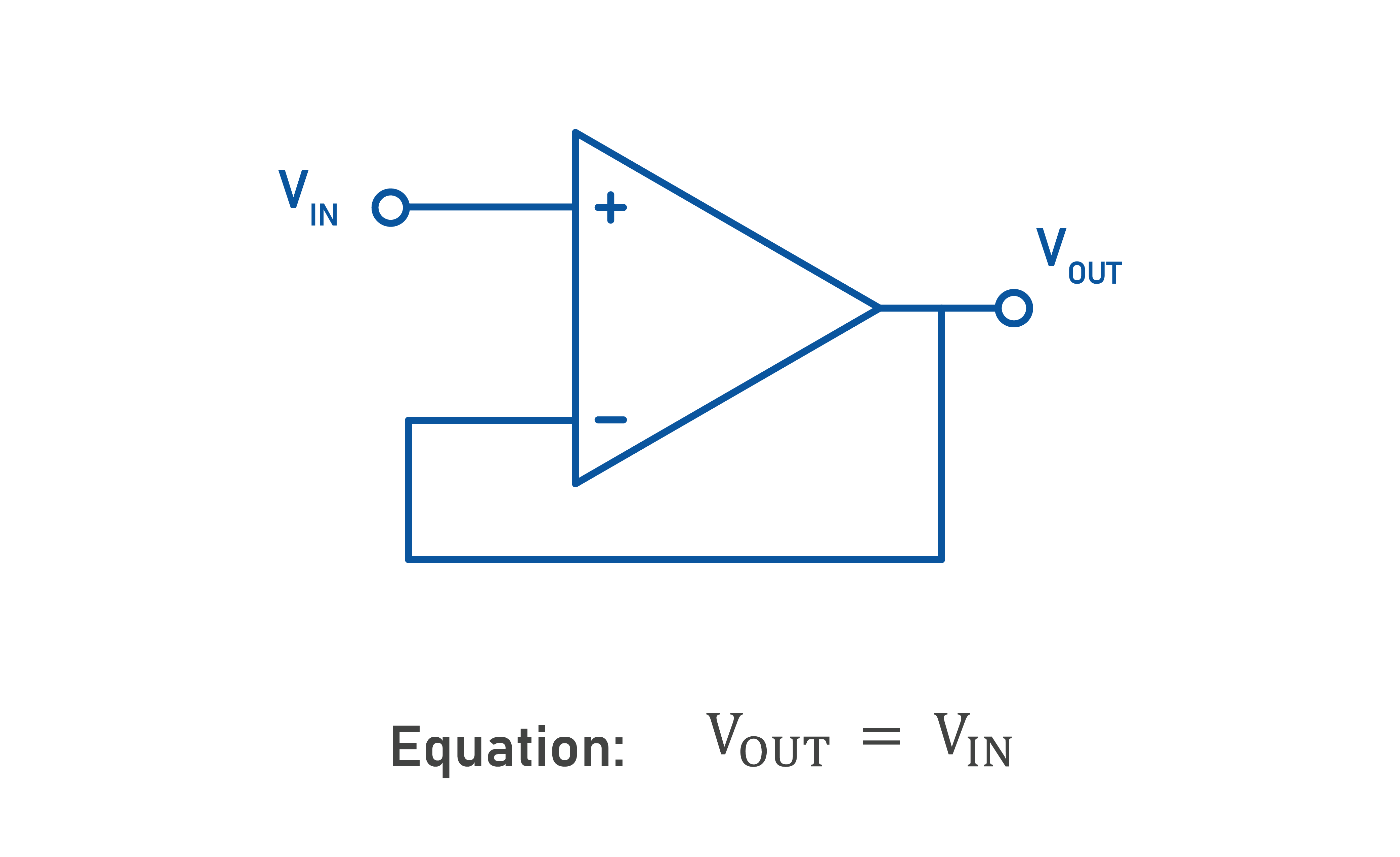
The voltage follower, also known as a unity-gain buffer, replicates the input voltage at the output with a gain of one. Its primary advantage is its very high input impedance and low output impedance, making it perfect for isolating circuit stages and preventing signal loading. This configuration is frequently used in data acquisition systems and sensor interfacing.
-
Tip: Use it to isolate high-impedance sources from low-impedance loads.
-
Common Mistake: Forgetting that it does not amplify voltage; only current-driving capability improves.
-
Applications: Sensor interfacing, data acquisition systems, stage isolation.
5. Inverting Summing Amplifier
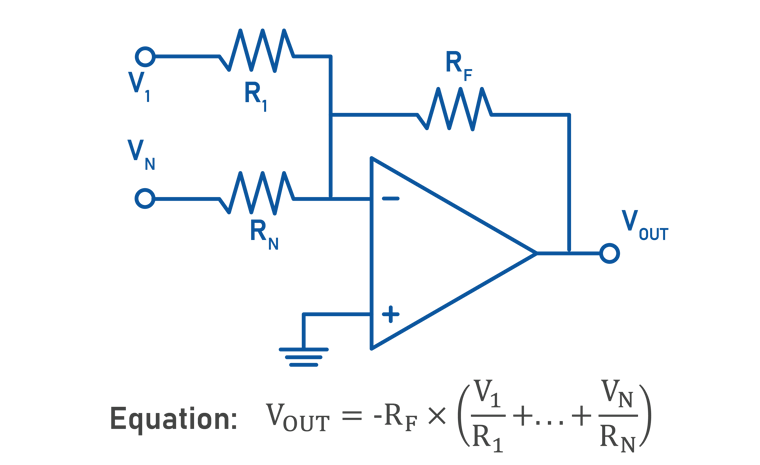
The inverting summing amplifier combines multiple input signals into a single, inverted, weighted sum. By adjusting resistor values, engineers can control the contribution of each input signal. This makes it a versatile tool in audio mixing, signal processing, and analog computing applications.
-
Tip: Adjust resistor ratios to control how much each input contributes.
-
Common Mistake: Not considering resistor tolerance, which can cause uneven weighting.
-
Applications: Audio mixers, analog signal processing, basic analog computation.
6. Differential Amplifier
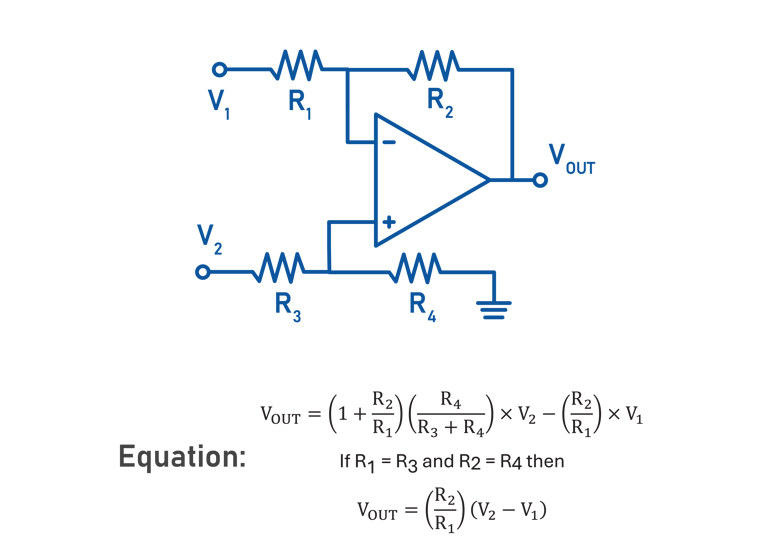
Differential amplifiers amplify the voltage difference between two input signals while rejecting any common-mode noise. This makes them ideal for sensor measurements, instrumentation, and any application where small signals need to be extracted from noisy environments. Differential amplifiers form the backbone of high-precision analog designs.
-
Tip: Match resistor pairs closely to maximize common-mode noise rejection.
-
Common Mistake: Using mismatched resistors, which reduces noise rejection and precision.
-
Applications: Sensor measurements, instrumentation, high-precision analog circuits.
Mastering these six op-amp configurations provides a strong foundation for designing a wide range of analog circuits. From basic signal amplification to complex noise rejection and signal summing, understanding when and how to use these configurations can elevate both your circuit design skills and your overall engineering toolkit. Whether you’re designing sensors, audio systems, or precision measurement equipment, these configurations are essential knowledge for any engineer working with analog electronics.
Interested in learning more Op-Amp basics? Check out our detailed Application Note Library!
- Apex Microtechnology
